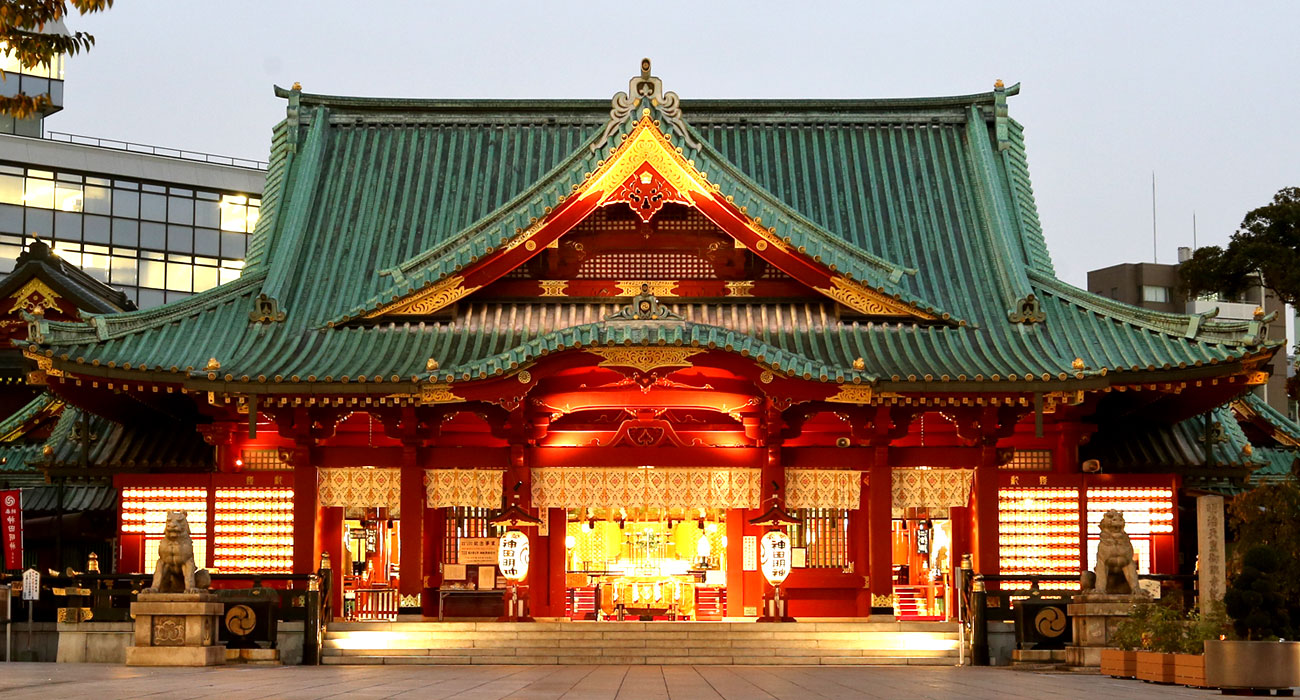Kanda Overview: Tokyo’s Academic and Cultural Hub
Kanda is a city district in Tokyo, northeast of the Imperial Palace. While not a prime tourist area, it’s a typical local district blending residential areas with numerous universities. Traditionally an academic center, Kanda attracts many young people. It was once home to a Confucian school, now survived by the Yushima Seido shrine dedicated to the great Chinese philosopher.
Key Highlights of Kanda:
- Vibrant academic atmosphere
- Unique musical instrument and bookstore districts
- Famous Akihabara electronics and anime mecca
- Historic shrines and cultural landmarks
- Kanda Festival, one of Tokyo’s three major festivals
Historical Background of Kanda
Kanda’s history dates back to the Edo period (1603-1868) when it was an important academic and cultural center. Confucianism, as the state philosophy of the late Edo period, had a profound influence in the Kanda area. Over time, Kanda has evolved into a unique district that blends tradition with modernity, maintaining its academic legacy while embracing new technology and pop culture.
Must-Visit Attractions in Kanda
Kanda Myojin Shrine
Kanda Myojin Shrine enshrines three deities: Daikokuten (god of good harvest and matrimony), Ebisu (god of fishermen and businessmen), and Taira Masakado (a popular rebel lord of the 10th century). People visit to pray for prosperity. The Kanda Festival, one of Japan’s three great festivals, is held here.
Hours: Always open
Admission: Free
Yushima Seido
Yushima Seido is a shrine dedicated to the Chinese scholar Confucius. The shrine buildings are covered in black lacquer, creating a unique and striking appearance. A bronze statue of Confucius is also featured on the grounds.
Hours: 9:30 to 17:00 (until 16:00 in winter)
Admission: Free (200 yen to enter the main hall on weekends)
Yushima Tenjin Shrine
Located just five minutes on foot southwest of Ueno Park’s Shinobazu Pond, Yushima Tenjin Shrine holds a plum festival every February and March to celebrate the blooming of its many plum trees.
Hours: 6:00 to 20:00
Admission: Free
Nikolai-do (Saint Nicolai Church)
Nikolai-do is the main cathedral of the Japanese Orthodox Church. It’s famous for its Russian architecture featuring a domed roof and bell tower.
Hours: Saturdays and Sundays between 13:00 and 16:00
Admission: 300 yen donation
Ochanomizu Music Instrument Avenue
Located just south of Ochanomizu Station, this 500-meter stretch is lined with stores selling musical instruments and music-related items.
Hours: Typically 11:00 to 20:00 (slightly shorter on Sundays)
Jimbocho Book Town
Jimbocho is known for its high concentration of bookstores selling both new and second-hand books. The bookstores lend a scholarly atmosphere to the area.
Hours: Typically 10:00 to 18:30 (many shops close on Sundays and national holidays)
Best Time to Visit
Spring (March-May) and autumn (September-November) are the best seasons to visit Kanda. Spring offers beautiful cherry blossoms, while autumn provides colorful foliage. Additionally, the Kanda Festival in May is an excellent opportunity to experience local culture.
Getting There and Around
Ochanomizu Station, served by the JR Chuo Line, JR Sobu Line, and Marunouchi Subway Line, is the closest station to most attractions. It’s a 5-minute ride (150 yen) from Tokyo Station or a 10-minute ride (180 yen) from Shinjuku Station on the JR Chuo Line.
Opening Hours and Admission Information
Detailed opening hours and admission fees for each attraction are listed in the individual descriptions above.
Visitor Tips and Advice
- Consider purchasing a day pass to save on transportation costs
- Be respectful and quiet when visiting shrines
- Browse unique Japanese books and stationery in the book town
- Try local student-recommended eateries for an authentic Tokyo experience
- Check the exact dates of the Kanda Festival in advance and attend if possible
Official Websites
Conclusion
Kanda is a fascinating area that blends traditional culture, academic atmosphere, and modern elements. Whether you’re interested in history or want to experience local Tokyo life, Kanda offers a unique and memorable experience. Come explore Kanda and discover the charm of this vibrant Tokyo district!
